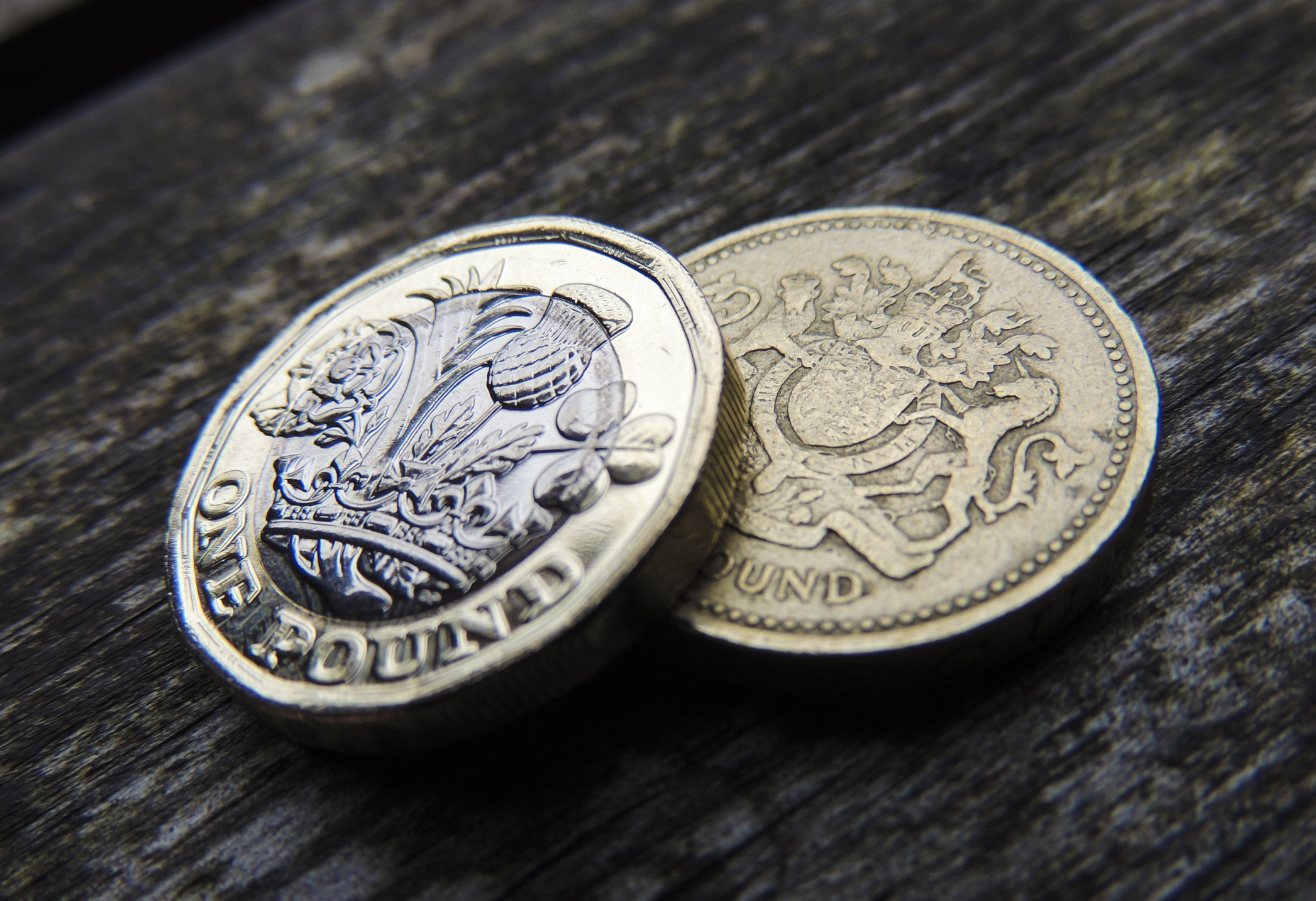Your gateway to the Mekong boom
Bangkok lies at the heart of one of the most strategically important regions in the world, says Lars Henriksson. Here he explains why it's set to boom, and picks the stocks to profit.
The Mekong river courses through the very heart of Southeast Asia. It starts in Tibet and snakes its way through many of the fastest developing economies on the planet Myanmar, Laos, Thailand, Cambodia and Vietnam. Through fishing, aquaculture and irrigation, it sustains 65 million people.
In Thai, Mekong literally means "our mother" as it provides an abundance of fish and, allegedly, was the way some of their ancestors came from Southwest China a millennium ago.
It is also one of the best-kept secrets of Thailand: long-term resident foreigners prefer its coolness and tranquillity to the hot beaches and hectic island parties. I regard the countryside as the real, less exploited part of Southeast Asia. A place I love to come to rest the final frontier for tourism in this part of the world.
MoneyWeek
Subscribe to MoneyWeek today and get your first six magazine issues absolutely FREE

Sign up to Money Morning
Don't miss the latest investment and personal finances news, market analysis, plus money-saving tips with our free twice-daily newsletter
Don't miss the latest investment and personal finances news, market analysis, plus money-saving tips with our free twice-daily newsletter
But all that could soon change. The city I'm writing to you from, Bangkok, could soon play a pivotal role in transforming this former economic backwater. And it presents us with some formidable investment opportunities that I'll point out today.
Let me share with you how I see Bangkok being the great winner as it links Myanmar, Cambodia and Laos to the rest of Asia. And why I'm particularly bullish on the Myanmar-Thai nexus.
The huge opportunity in the Greater Mekong
After the fall of the Berlin Wall in 1989, Eastern Europe embarked on a new era that brought about closer integration and cooperation with the rest of Europe. It led to a period of strong economic growth, rising asset prices and buoyant stock markets.
Something similar is now happening in Southeast Asia and its least developed economies.
In 1992, the Asian Development Bank (ADB) set up the Greater Mekong Subregion (GMS), 2.6 million square kilometres and a combined population of around 326 million. They forged a plan to enhance economic relations among six countries: Cambodia, the People's Republic of China (PRC, specifically Yunnan Province and Guangxi Zhuang Autonomous Region), Lao People's Democratic Republic (Lao PDR), Myanmar, Thailand, and Vietnam.
20 years later the time for the Greater Mekong has finally arrived.
This region is benefiting hugely from the introduction of the Asean Free Trade agreement. This trade agreement will bring about the most exciting investment story of the decade. It's a story where a $2.5trn region will be transformed as it asserts its independence from China and India. Billions are being invested in infrastructure and export industries as this 600 million strong region forges trade links under the Asean pact. You simply won't find a better growth story to invest in this year.
The other salient component in the Greater Mekong story is geopolitics. When Eastern Europe opened its doors to the West, American participation helped to ensure that the economic integration succeeded and lifted its status on the global political agenda. The Americans built military bases in these countries. And in return, received serious foreign direct investment.
The Greater Mekong region is in a similar political sweet spot. Recently Hillary Clinton became the first US secretary of state to visit Laos in 57 years. She also participated in the 19th Asean Regional Forum last month in Phnom Penh, Cambodia, which gathered together the foreign ministers of Asian countries and beyond. Secretary Clinton also visited Myanmar at the end of last year.
Why is this important? Well, the Americans recognise an economic miracle when they see one. But they also recognise the strategic importance of these countries. Strategically located between the two emerging economic giants, China and India, Asean is regarded as a key ally for the US. The US has declared it will seriously increase its military presence in Asia over the next few years.
Connectivity is the buzzword
How can we profit? Well the most important word to keep in mind is connectivity. Greater Mekong policy-makers are focused on creating a market of over 150 million consumers (excluding China), who are increasingly tied together by banking, trade, investment, infrastructure and people-to-people links.
Infrastructure investments worth $10bn have either been completed or are being completed. Among these are the upgrading of the Phnom Penh to Ho Chi Minh City highway (Cambodia to Vietnam) and the east-west economic corridor that will eventually extend from the Andaman Sea to Da Nang.
Over the next decade, Asean nations will require approximately $60bn a year to fully address the region's infrastructure needs, according to ADB. That could spell enormous gains for investors in everything from material stocks, construction groups to the banks, commercial property and logistic groups that are forging new trade links between these nations.
And Bangkok in particular could be a key factor in making all this happen. Here's why
Bangkok the gateway to the Mekong region
While Cambodia (one listing) and Lao PDR (two listings) have recently set up stock exchanges (and Myanmar plans to have one by 2015), the real near-term beneficiary in this story is Bangkok. This is for several reasons.
Firstly, there is a serious shortage of funding for these projects in the Greater Mekong region. The savings rates for Lao PDR and Cambodia are about 10-15%. Whereas in Thailand and Malaysia you are likely to see savings rates around 25-30%. So Thailand and Thai banks can play a pivotal role in kick-starting this region.
Again this is yet another story of Southeast Asian countries looking out for their own. At the conference I have just attended in Bangkok, it was called bahtisation' of the region (from baht, the Thai currency). And it is already happening, from what I can see. Anyone who has recently travelled in the region can attest to the prominence of Thai goods and companies.
Secondly, the Stock Exchange of Thailand (SET) has approved the promotion of fundraising for Thai companies with core investments in Cambodia, Laos, Myanmar and Vietnam, in the form of holding companies. That makes perfect sense as Thailand is probably the largest investor in GMS over a number of years. SET has also approved primary listing of foreign companies on the SET, meaning that stocks from Cambodia, Laos (and in the future Myanmar) can be listed through a depository receipt.
Thirdly, a Thai listing provides benefits such as higher valuation, improved research coverage, liquidity and lower cost of funds. And most importantly of all, this stock market is easily accessible to you as a private investor.(For more on how to buy foreign sharessee The best brokers for trading foreign stocks.)
Let me tell you the best way to invest in this story
Keep an eye on these stocks
I am particularly bullish on the Myanmar-Thai nexus. Myanmar has the largest population (60 million), largest land area and perhaps most importantly, Myanmar's natural gas export accounts for 30% of Thailand's consumption. Recoverable oil reserves are estimated to stand at 3.2 billion barrels while that of natural gas is at 18 trillion cubic feet. Thailand needs Myanmar, and Thai energy companies are heavily involved there. There are a number of initiatives on the drawing board (ports, energy, manufacturing and service sectors) that are likely to offer great potential for Thai corporations and the SET.
The situation resembles Malaysia and Indonesia after the Asian financial crisis in 1998, where Malaysian companies took advantage and made a number of astute investments that have helped to expand an already sizeable domestic market.
That's a great story that I'll be keeping an eye on. For now though, there are more immediate opportunities.
So far this year, the Thai stock market is up 16.4% and many stocks related to the consumer sector have moved substantially. No wonder, as the potential consumer base has more than doubled with the GMS initiative.
The hunt for Myanmar-Thai proxies is set to intensify. There are at least a handful of companies that already have operations in the country, and they have expressed a willingness to invest more.
PTT is the flagship a state-controlled, fully-integrated gas and oil company. The company explores for, produces, transports, and sells natural gas and crude oil. It also produces, transports and markets refined petroleum products.
PTT Exploration and Production (PTTEP) explores for crude oil and natural gas, develops fields for production, and produces oil and natural gas. The company is a subsidiary of the Petroleum Authority of Thailand.
PTT and PTTEP - have been involved in Myanmar's oil & gas sector for more than two decades. PTTEP plans to spend 20% of its investments in Myanmar over the next five years, as detailed during the investment conference. Moreover, these stocks have been sold off due to softer oil and commodity prices and are now trading on prospective price/earnings ratio of less than 10x.
Italian-Thai Development (ITD) involved in construction, project management, engineering and design of large-scale civil works and infrastructure projects in Thailand and Southeast Asia. The Company's projects include industrial plants, building, pipelines, transportation, airport work, dams, tunnels, steel structures and telecommunications.
ITD has been mentioned as the main contractor for the $10bn Dawei Economic Zone in southern Myanmar. It's higher risk, but the company was a favourite in the late 1980s and early '90s and has a decent track record.
Each is worth keeping an eye on. In fact, the outlook for Thai stocks in general remains good. Thailand has the fastest earnings growth (+25%) this year, which is the fastest in the Asean region and more than double the regional average of 12%. The strong earnings growth comes thanks to rebuilding in the aftermath of 2011's heavy flood, corporate tax cuts from 30% to 23%, government stimulus that will be rolled over later this year and smart investments from Thai corporations abroad (mainly within Asean). The Thai market trades on 11x, suggesting that there is room for further upside.
So in summary, what does the Mekong region teach us? In the new millennium a new world will emerge where the best opportunities lie in identifying marginal changes within each region or intra-emerging markets. This is an important and bullish message in a world that is infatuated with negative developments in the EU and the US.
Get the latest financial news, insights and expert analysis from our award-winning MoneyWeek team, to help you understand what really matters when it comes to your finances.
Lars is an emerging-markets expert, with many years of 'on the ground' experience hunting down profit opportunities in Asia. Lars spent ten years living in Malaysia and Thailand, seeking out strategic opportunities, before moving to London to manage the Oracle Asia Absolute Fund. In short, Lars has real knowledge of where the opportunities in Asia are.
-
 ChatGPT turns three: what’s next for the ‘AI era’?
ChatGPT turns three: what’s next for the ‘AI era’?Three years after its launch kickstarted the age of AI, ChatGPT and its maker OpenAI are driving the stock market. But concerns are growing over whether OpenAI will be able to turn its AI dominance into profit.
-
 What to do with old £1 coins
What to do with old £1 coinsThe old one pound coin was demonetised in 2017, but there are still millions out there in the UK. Here’s what to do if you find an old £1.